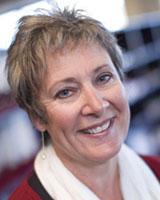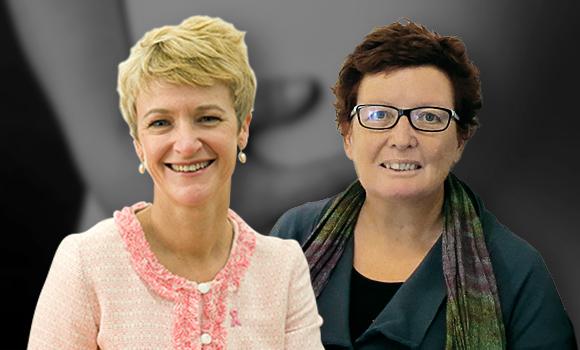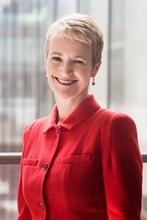When we looked at giving birth in Australia, there really was no evidence around the cost of non-standard hospital-based services.
— Professor Caroline Homer AO, Honorary Emeritus Professor of Midwifery
“The evidence now is showing that really we should be changing the way we provide maternity services to make them more aligned with what women want, but health service managers and health service administrators can be very reluctant to do anything different as a result.”
In response, Homer and Professor Rosalie Viney, Director of the Centre for Health Economics Research and Evaluation (CHERE), are investigating the costs of different types of births in Australia, from standard hospital births to midwifery-led birth centres and births that are planned to happen at home.
The National Health and Medical Research Council-funded collaboration between the two research centres brings together two disparate but equally crucial areas of expertise – the clinical processes involved in giving birth, and the economics expertise to evaluate those processes in terms of resource use and patient outcomes.
Homer says, “It’s great to have the collaboration, because Rosalie and her team bring the understanding of how you cost something up through the health system, whereas we have the understanding of what’s actually going on clinically.”
Currently, the two teams are tracking what happens at different stages of home births in order to understand the midwifery role.
“We know what happens in hospitals, but birth centres and home births are a little less known. So we’re developing a survey at the moment to do a time and motion study of time required, travel time, hours time, commodities – what do midwives take to a birth, what would that cost, how do you cost that over a number of women?”
The next stage of the project will involve in-depth analysis of data relating to more than 90,000 births in New South Wales to understand how much the setting for each birth influences what happens at the birth and what it costs.
The research outcomes will be used to provide health service managers and administrators with an evidence base for future decisions around how and where women give birth.
“There’s a lot of evidence showing that women who have access to midwives and have midwife-led continuity of care have very good outcomes, and probably better outcomes than women who see different people at different time points,” says Homer.
One of the barriers to ensuring that every woman has access to a midwife who they know is that we don’t know the cost, so understanding the economic impacts of birth is a crucial piece of the puzzle.
— Professor Caroline Homer
Research team
-
Honorary Emeritus Professor of Midwifery
-
Professor and Director, Centre for Health Economics Research and Evaluation
-
 Maralyn FoureurVisiting Professor, Midwifery
Maralyn FoureurVisiting Professor, Midwifery -
 David SibbrittProfessor and Head of School, School of Public Health
David SibbrittProfessor and Head of School, School of Public Health -
Lecturer in Midwifery
Additional team members
Hannah Dahlen (Western Sydney University)
Charlene Thornton (Western Sydney University)
Funded by
- National Health and Medical Research Council
Partner
- Western Sydney University





